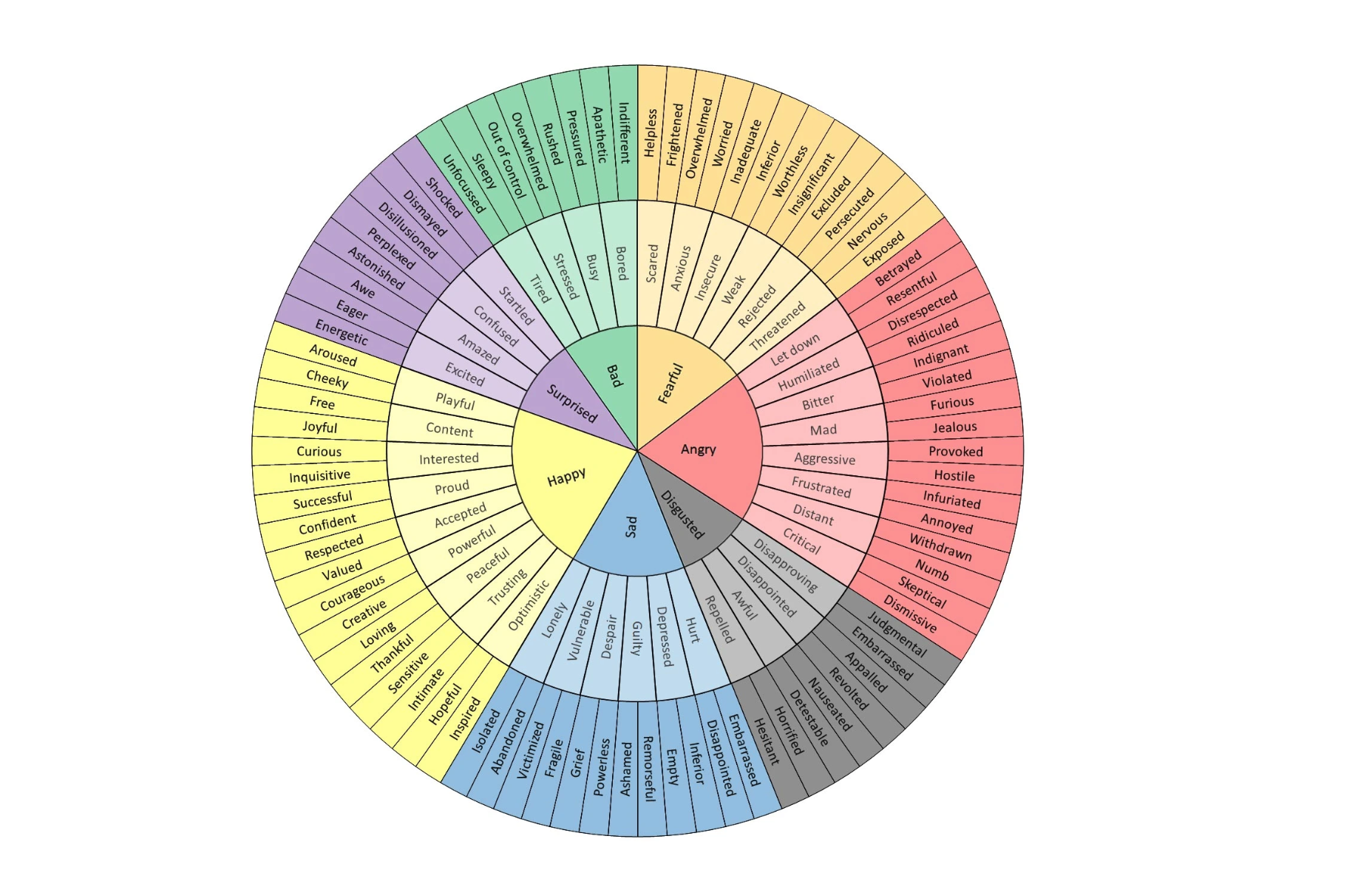Child Literacy
Attachment Theory, is an important aspect of child literacy which is the attachment theory, developed by Mary Ainsworth and John Bowlby in the 1990s.
Attachment theory is very important as a parent to be aware of, as it influences your child’s social development and relationship capacity as well as influencing their emotional health and ability to communicate.
Prior to the 1980s, it was believed that children where resilient against trauma or simply didn’t remember rough childhoods.
This was been proved to be quite the opposite and developmentally trauma is now known to imprint in the social, emotional and psychological development altering the health and wellbeing outcomes across the life span of a child who for example witnesses DV, experiences abuse or trauma.
The Circle of Security represents a healthy and empowering way to provide a secure base and a safe haven for you child/ren. It stems from secure attachment and provides a template to feel confident as a parent.
Emotional Literacy
The Window of Tolerance
Trauma keeps us wired for worry, it slows down our capacity to grow, feel and experience life as it is now. The good news is we can unwind and create space within ourselves to feel the world through a lens of hope rather than mistrust.
Understanding the window of tolerance is a helpful skill in living beyond trauma. The window of tolerance is the optimal zone of arousal in which we are able to cope, function and tolerate everyday stressors, make room to process past hurt, communicate with clarity and be in a space of learning.
Trauma shrinks our window of tolerance, we spend less time in our learning flow state and longer in states of up or down (hyper-arousal or hypo-arousal).
Self awareness of our window of tolerance through understanding the physical and emotional biofeedback our bodies send us is essential, with this knowledge you are able to gradually widen your window of tolerance and stay longer in the optimal zone. The dream isn’t to always be calm but to have a mind body connection that is flexible, resilient and adaptable.
The Window of Tolerance
The window of tolerance is the zone of learning, joy and peace. When we are in our window of tolerance we are able to respond to physical and emotional demands effectively, we are self-regulated and what is called Safe and Social rather than responding from a place of fight, flight, freeze or fawn.
Trauma Impacts the Window of Tolerance
Our body is always prioritising safety, it wants you to feel safe. Trauma (which is unresolved stress) creates a pattern in our bodies to respond from a place of flight, fight, freeze or fawn even when the threat has past. Traumatic experiences can leave us in a state of biological dysregulation, where it can seem that social interactions feel disconnected, life purpose can feel murky and our bodily functions become impaired (thyroid, digestive and mental health illnesses as examples).
During traumatic experiences if we are not able to get away or fight back our body collapses into the freeze state, and particularly for interpersonal trauma we can depend on fawning (people pleasing) to survive complex and harmful abuse.
Explore the complexity of feelings
Feelings wheels can be a beneficial tool to help self analyse why emotions are evoked in the different areas of your life. We may say that we are feeling mad or angry throw our hands up and stop there. However when we look deeper perhaps it was that we felt utterly humiliated, and disrespected by what someone feels or believes about us.
Once we can truly identify what feeling is coming up for us, we can start having meaningful and honest conversations that get to the bottom of the feelings and conflict.
We all have a desire to be understood and a core human need to belong.
Psychosocial development
These are the stages of human development through the lifespan and the skills we learn (or not) depending on the quality of our social environment.
Trauma can impact these stages of development as children sacrifice development to survive through poor quality care givers or experiences of abuse, neglect, displacement or grief.
A person with the biological age of 30 may have the psychosocial age of 13 if their social growth was stunted by a negative social environment. Through therapeutic processes our trauma therapists can assist to help individuals and families understand and positively influence the social development so that psychology meets biological age.




